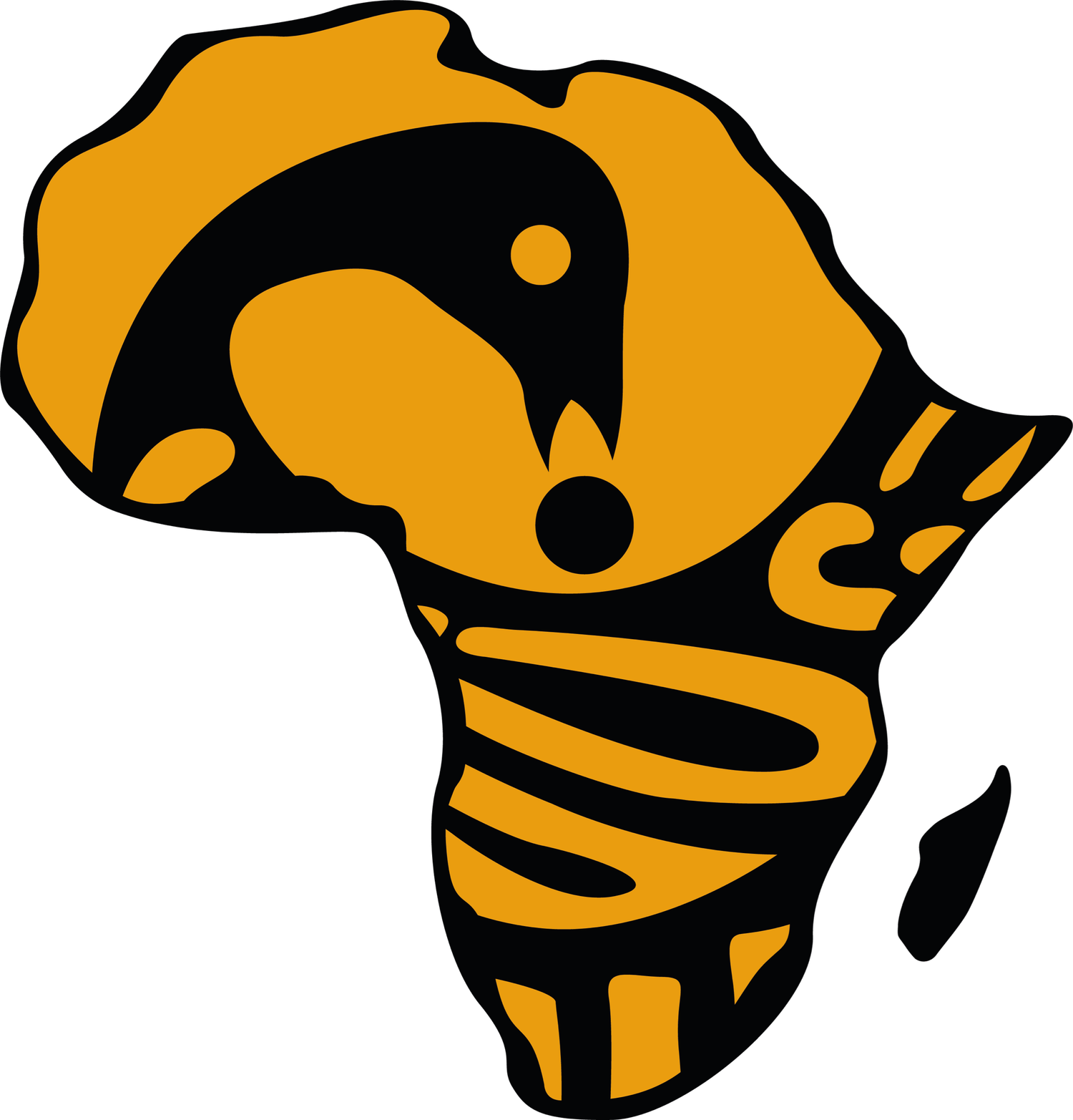The City of Carthage
Click here to download this lesson in slideshow format
Welcome to North Africa Level 1, Lesson 1: The City of Carthage
In this lesson, you will learn about:
The Phoenicians
Carthage’s wealth
Carthage’s colonies
Kemet’s influence on Carthage
Objectives
By the end of this lesson, you will understand:
When and where Carthage was founded
How Carthage became so wealthy
Where Carthage’s colonies were located
The architecture and population of the city
Who Hannibal Barca was
For thousands of years, civilisations flourished in North Africa.
In the 9th century BC, the city of Carthage was founded in modern-day Tunisia by a group of people called the Phoenicians. This was said to be the richest city in all of the ancient world!
Carthage amassed its wealth through an international trading network. Business was conducted with Kemet (Ancient Egypt), Kush, what is today Niger, India, Spain, Cyprus, Italy and the Middle East. A range of animal, agricultural and mineral products were bought and sold.
Carthage established colonies in Ibiza, Malta, Majorca, Sardinia and Italy. These colonies produced a range of commodities, from iron to honey. The Carthaginians made their colonies pay harsh taxes, and this allowed them to improve their own city.
Inside the city there were between 700,000 to one million people. They lived in houses which were sometimes six storeys high, were fitted with water taps and drainage pipes, and decorated beautifully with mosaics. Fortresses and temples were also scattered throughout the city. An ancient Greek historian described Carthaginian temples as having golden pillars!
War elephants were present in the city too. These elephants were famously used by the ancient military general Hannibal Barca. During wars with the Roman Empire, Hannibal marched across the Alps with over 100,000 troops, horses and his very own war elephant. Carthaginian coins still exist, depicting Hannibal on one side and an elephant on the other.
Carthage was home to a huge port that housed their magnificent ships. These ships were the source of Carthage's power. As well as conducting trade and fighting wars, these ships were used to explore the world. The Carthaginians sailed around the whole of Africa, Southern Europe, India, and even as far north as England.
Kemetic influence on the cultures within the city was strong. The gods of Kemet, such as Amen and Anubis, have been found in Carthaginian art. Other ancient Kemetic figures such as Imhotep were worshiped. Alongside the art, golden scarabs and amulets of Kemetic origin have been found. This shows the connection different cultures had across Africa.


